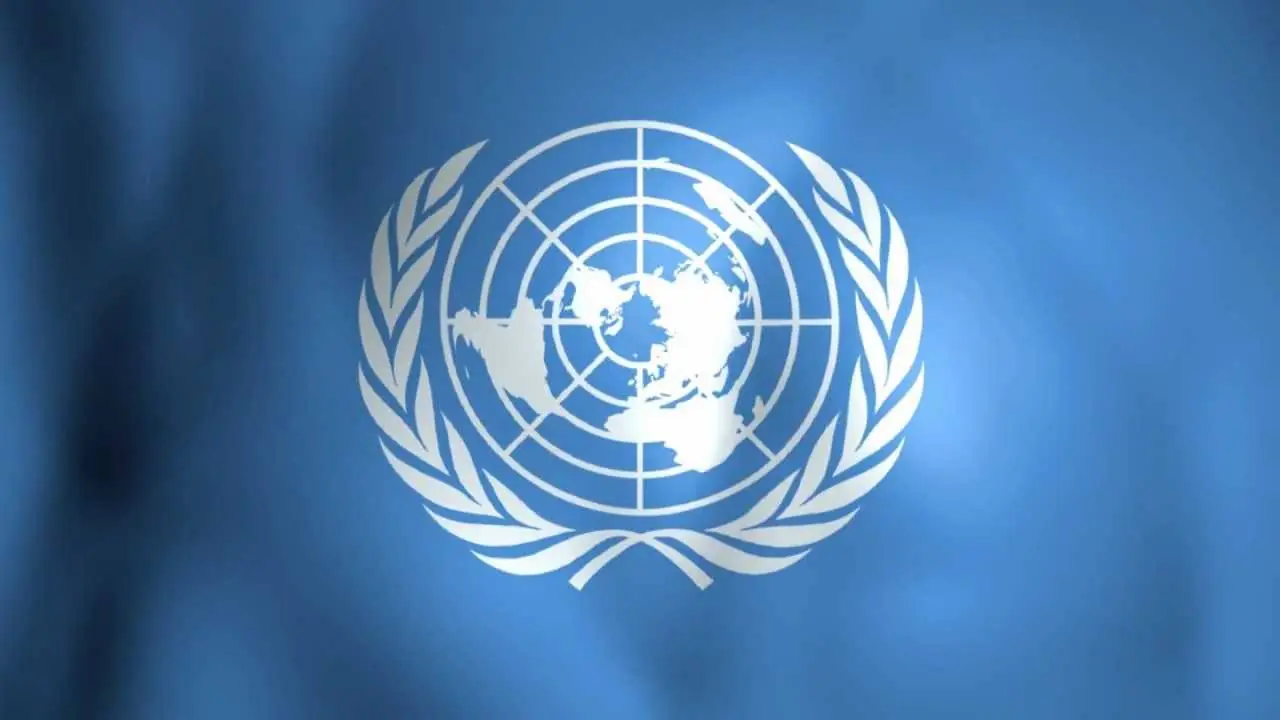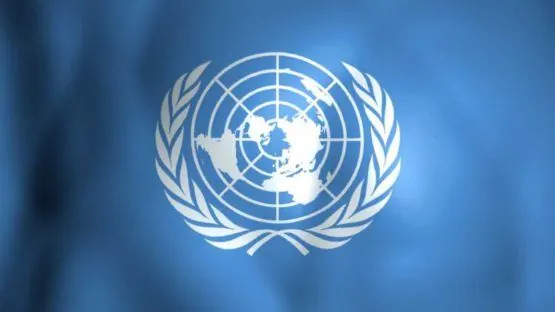December 10th has been proclaimed Human Rights Day by the United Nations. Around 70 years ago, in 1948, the United Nations Assembly adopted the Universal Declaration of Human Rights, opening a new page in human history. The Declaration represents a standard of how human beings should be treated and how their rights and freedoms should be protected from any violation.
It is important for the longevity community to be familiar with the Articles of the Declaration related to healthcare and scientific progress. Knowing one’s rights and freedoms is necessary to engage in public discussion about bringing the aging process under medical control, spreading rejuvenation technologies worldwide, and making them affordable to everyone. Here are some useful citations.
Article 2
Everyone is entitled to all the rights and freedoms set forth in this Declaration, without distinction of any kind, such as race, colour, sex, language, religion, political or other opinion, national or social origin, property, birth or other status. Furthermore, no distinction shall be made on the basis of the political, jurisdictional or international status of the country or territory to which a person belongs, whether it be independent, trust, non-self-governing or under any other limitation of sovereignty.
Article 25
- Everyone has the right to a standard of living adequate for the health and well-being of himself and of his family, including food, clothing, housing and medical care and necessary social services, and the right to security in the event of unemployment, sickness, disability, widowhood, old age or other lack of livelihood in circumstances beyond his control.
- Motherhood and childhood are entitled to special care and assistance. All children, whether born in or out of wedlock, shall enjoy the same social protection.
Article 27
- Everyone has the right freely to participate in the cultural life of the community, to enjoy the arts and to share in scientific advancement and its benefits.
- Everyone has the right to the protection of the moral and material interests resulting from any scientific, literary or artistic production of which he is the author.
These principles apply to the activities of all UN bodies, including the World Health Organization (WHO). However, each body has its own constitution, where some rights, freedoms and responsibilities can be described in more detail. Hence, the constitution of the WHO provides more details on what exactly health is and the exact duties of this organization concerning the improvement of health in all nations. Here are some examples.
Health is a state of complete physical, mental and social well-being and not merely the absence of disease or infirmity.
The enjoyment of the highest attainable standard of health is one of the fundamental rights of every human being without distinction of race, religion, political belief, economic or social condition.
The extension to all peoples of the benefits of medical, psychological and related knowledge is essential to the fullest attainment of health.
Governments have a responsibility for the health of their peoples which can be fulfilled only by the provision of adequate health and social measures.
Article 1
The objective of the World Health Organization (hereinafter called the Organization) shall be the attainment by all peoples of the highest possible level of health.
While the definition of health by WHO is often criticized for its spacious character, its task is to set a standard to ensure a process of constant health improvement. This improvement should be achieved by elaborating regulations and taking actions that support scientific research, the implementation of medical innovations, and their global dissemination.
WHO factsheet 323 explains how exactly human rights apply to healthcare and what exactly member states’ duties are in order to help everyone have the highest attainable level of health.
The right to health includes both freedoms and entitlements.
- Freedoms include the right to control one’s health and body (e.g. sexual and reproductive rights) and to be free from interference (e.g. free from torture and from non-consensual medical treatment and experimentation).
- Entitlements include the right to a healthcare system that gives everyone an equal opportunity to enjoy the highest attainable level of health.
A human rights-based approach to health provides strategies and solutions to address and rectify inequalities, discriminatory practices, and unjust power relations, which are often at the heart of inequitable health outcomes.
The goal of a human rights-based approach is that health policies, strategies, and programs are all designed with the objective of progressively improving everyone’s enjoyment to the right to health. Interventions to reach this objective adhere to rigorous principles and standards, including:
- Non-discrimination: The principle of non-discrimination seeks “…to guarantee that human rights are exercised without discrimination of any kind based on race, colour, sex, language, religion, political or other opinion, national or social origin, property, birth or other status such as disability, age, marital and family status, sexual orientation and gender identity, health status, place of residence, economic and social situation”.
- Availability: There must be a sufficient quantity of functioning public health and healthcare facilities, goods and services, and programs.
- Accessibility: Health facilities, goods and services must be accessible to everyone. Accessibility has 4 overlapping dimensions:
- non-discrimination;
- physical accessibility;
- economical accessibility (affordability);
- information accessibility.
- Acceptability: All health facilities, goods, and services must be respectful of medical ethics and culturally appropriate as well as sensitive to gender and life cycle requirements.
- Quality: Health facilities, goods, and services must be scientifically and medically appropriate and of good quality.
- Accountability: States and other duty-bearers are answerable for the observance of human rights.
- Universality: Human rights are universal and inalienable. All people everywhere in the world are entitled to them.
It is important to note that the right to health does not mean that countries are obligated to ensure the highest attainable level of health if ensuring the availability of every existing medical technology to everyone is beyond their capabilities. It means that countries should aspire to provide the best medical services possible with their existing capabilities.
Hence, to reach the goal of bringing the various aging processes under medical control and free everyone from the burden of age-related diseases, the longevity community has to be an active stakeholder.
Here is a list of the most important activities to foster progress:
- To take part in the development of appropriate regulations supporting new technologies’ development and implementation as well as to disseminate corresponding knowledge and lifestyle practices;
- To facilitate scientific research on aging and rejuvenation, including direct fundraising for research institutions and projects;
- To maintain public dialogue about aging, its implications for social and economic development, and the potential of rejuvenation biotechnologies to address the challenges related to aging populations.




